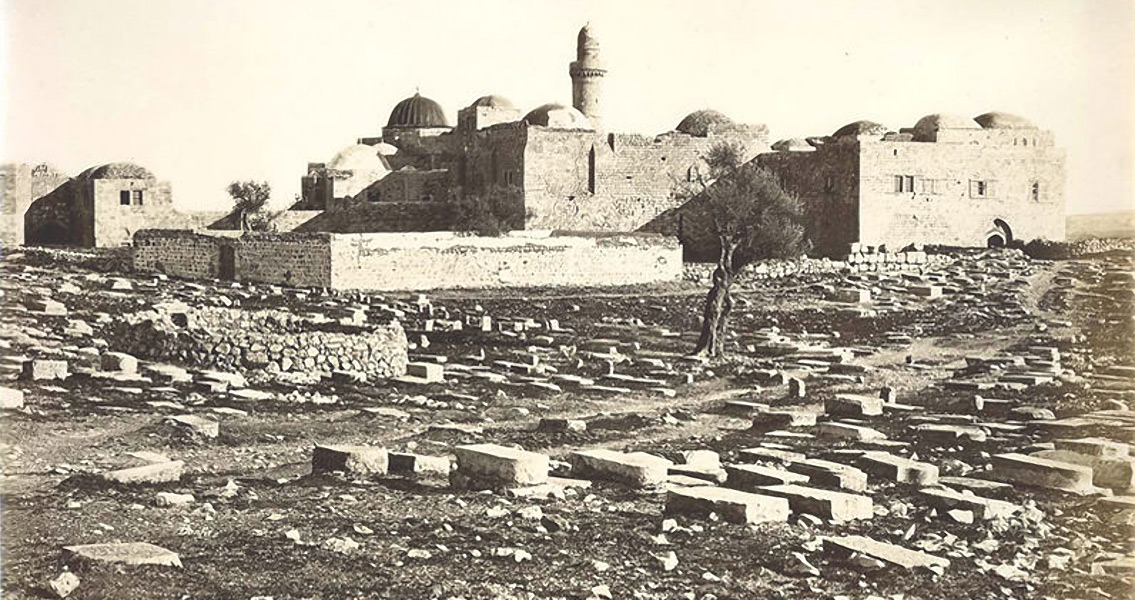<![CDATA[In the Old City in Jerusalem, one of the most visited sites by the Jewish people is the pile of large stones which lay next to the Western Wall. For a long time, archaeologists believed that the Western Wall had fallen after Roman soldiers invaded the Holy Temple during the Great Revolt in 70 CE. A new theory suggests however, that the Western Wall may not have been destroyed by the Romans, but rather an earthquake in 363 CE. This theory could completely change Israeli and Roman history. The Temple Mount at Mount Zion is the holiest site in Judaism, as it is believed to be the place where God's presence is manifested more than anywhere else in the world. The romanticism behind the origin of the pile of rocks might soon be brought into question however, by an archaeologist who suggests that the Western Walls were completely intact for almost 300 years after the Romans invaded. The archaeologist behind this theory, Shimon Gibson, believes that in 363 CE there was a major earthquake which ruined much of Jerusalem. Gibson has presented this theory to Bar Ilan University, but many senior archaeologists strongly disagree. Gibson's proof stems from several problems he found in the traditional story of the Western Wall being destroyed by the Romans. Firstly, he disagrees that "the Romans would bother to destroy the stones in an expensive and complex engineering operation, after the Temple was already pillaged, burned to ashes and [abandoned]." He suggests that instead, "another force at work [toppled] these walls". The earthquake, which occurred in 363 BC, is well documented by Christian sources related to Jerusalem. The earthquake happened during the rule of Julian the Apostate, and according to Gibson, "Half of Jerusalem was destroyed -I suggest that the Temple Mount walls fell at the same time. The way the stones lie is also more consistent with an earthquake than destruction by man". Professor Ronny Reich, a partner in the original Western Wall digs during the 1970s, fervently rejects Gibson's theories. Reich states that Gibson's explanation "doesn't hold water". He told haaretz.com, "A layer of mud several centimetres thick was discovered underneath the fallen stones...we cleaned this mud and found 120-125 coins. It is the sediment that collected on the street after it went out of use and before the collapse." He went on to say that out of all the coins, the latest one dates back to 69 CE, which suggests that no other coins were collected under the pile of stones past 70 CE. Because no coins originating between the years of 70 CE and 363 CE were found beneath the mud, Reich argues it's impossible that the wall could have stood beyond 70 CE. Gibson continues to argue his belief that an earthquake caused the fall. Archaeologists will continue to examine this evidence to hopefully find out when the wall actually fell. Image courtesy of Wikimedia commons user: Jacek555]]>
Bold Archaeologist Questions Origins of Western Wall Stones
